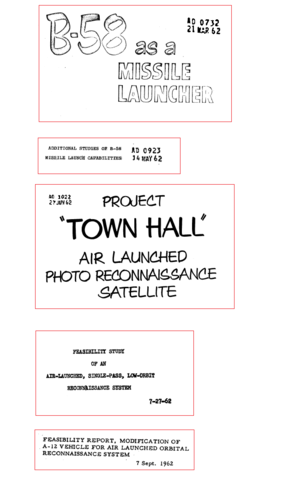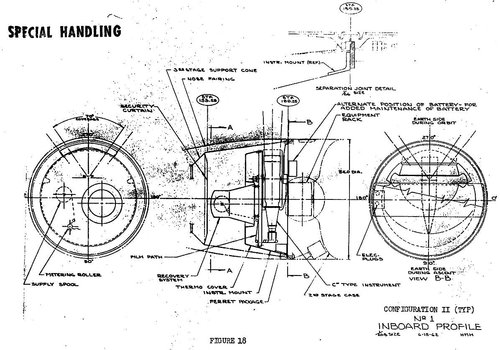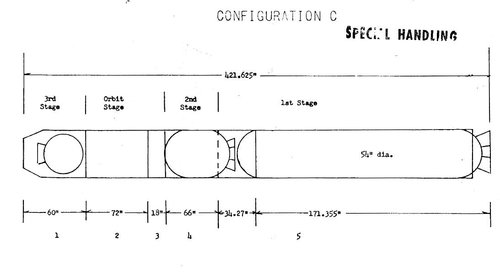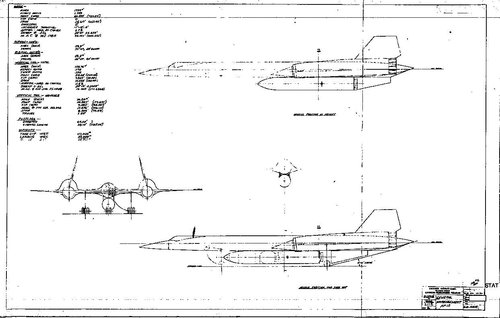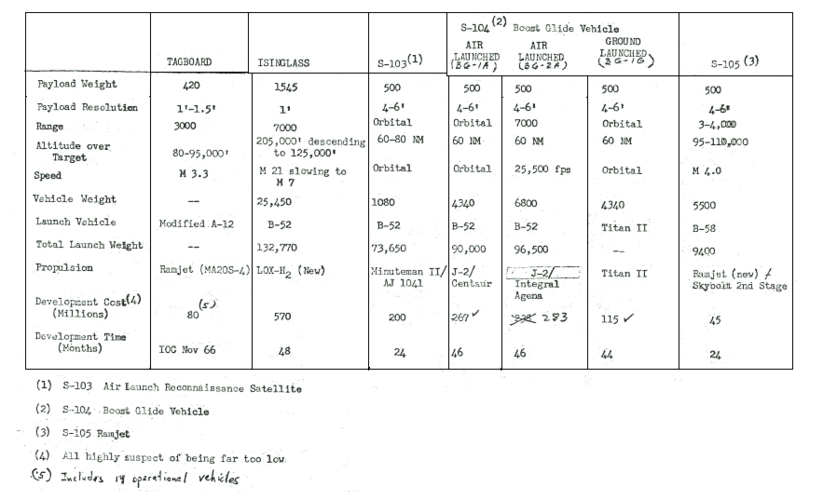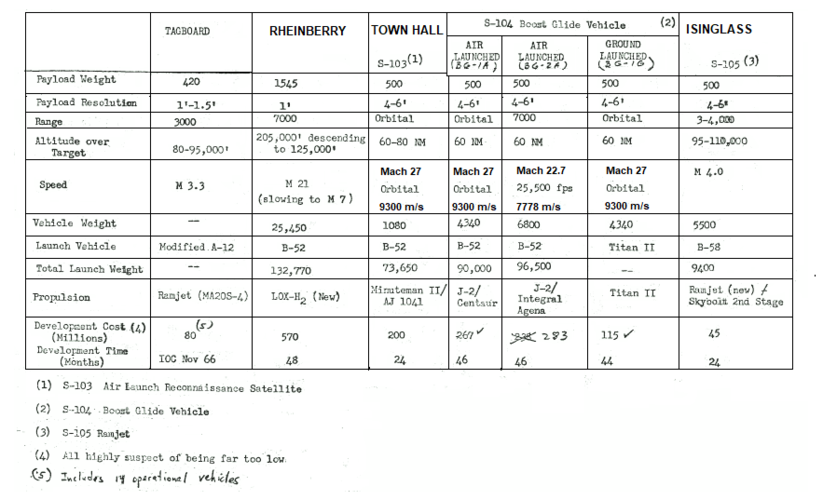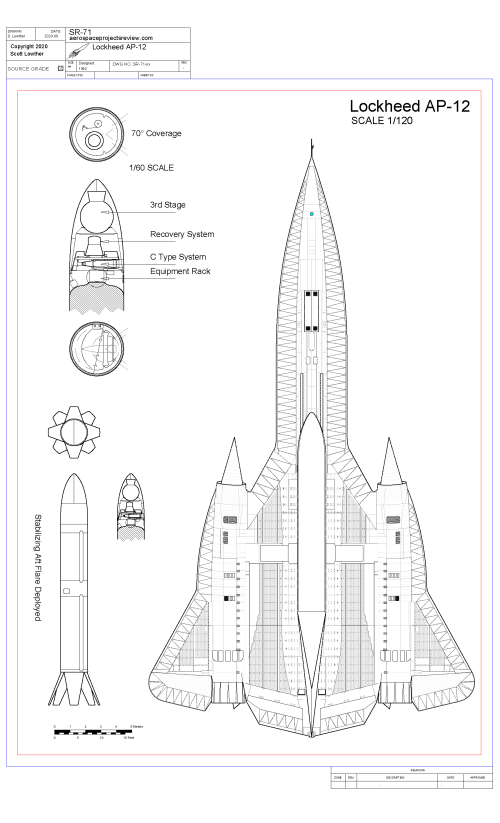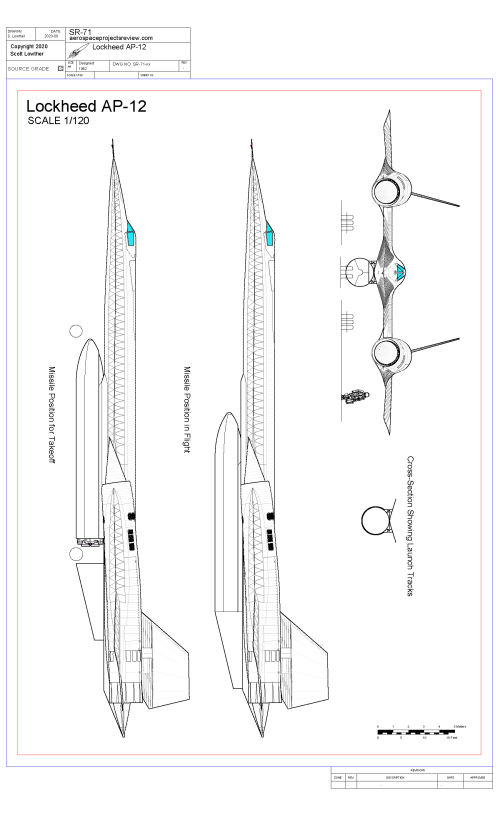I never quite understood Samos. So many variants... so many failures !! seems to have been a complete mess... add to that, CORONA ARGON LANYARD - so many parallel spysat programs... !!
what the heck happened to WS-117L ? once uppon a time in 1955-57 it was mostly alone... and then, boom, all these competing programs...
Samos is a tough one, and I've thought about writing a detailed article about it. The simplest way to understand it is that Samos E-1 and E-2 were the readout systems. E-1 was primarily just a proof of concept, not intended to be the operational system, and it was superseded by E-2. Even as E-2 was getting ready to fly, USAF officials realized that it just was not going to meet their needs. It would not produce enough images. I think it was going to produce something like 20-30 images per day over a month, whereas a CORONA would fly for a few days and return thousands of images, covering a lot more territory. Yeah, those images would be a few days old by the time somebody looked at them, but you'd have
thousands of them.
E-5 and E-6 were the recoverable satellite programs, and they started once it became clear that E-2 was not going to work (and could not be made to work). E-6 was essentially intended to be a CORONA replacement, but it never worked right. E-5 is a more complex and interesting story. USAF had been told by the president that it could not have a manned space capsule program. But General Schriever did not like that, so he had them build a pressurized spacecraft big enough to hold a single astronaut, and told them to put a camera inside of it and called this the E-5. It was a way for USAF to keep its foot in the door to eventually take that camera out and put an astronaut inside. But again, the capsule did not work right and the program got canceled. The E-5 camera was a compromised design. It wasn't good. Back in the early 2000s I interviewed the camera designer and told him about this and he was shocked, but also thrilled to finally know the answer. He said that the whole time they were working on the camera they couldn't understand why USAF was making them do it in such a crappy way.
The E-5 example in many ways typifies the bigger issue that was going on. The CIA and the intelligence community (the photo-reconnaissance experts) had a very clear end goal: get the best possible intelligence about the Soviet Union. Their sub-goals flowed from that: build the best possible camera; build the best possible (most reliable) recovery system. In contrast, the Air Force had ulterior motives, like competing with NASA to launch astronauts into space.
Unfortunately, the E-5 story is really murky and unknown. There's not a lot of data about what was really going on with it. It's too bad that nobody was ever able to interview the people involved to find out what they thought. But there's a document in that CREST collection where a CIA official refers to E-5 with a bit of scorn as this Air Force project that is more about flying an astronaut than taking photos, so it's clear that CIA did not think too highly of that. I suspect that if Eisenhower had known about E-5, he would have been very annoyed, because it typified what he thought of the military's approach to strategic intelligence (always in it for themselves).
Oh, and to answer the next question you'll ask: E-3 was mostly a paper project that was intended to develop better read-out techniques and never got anywhere. E-4 was a mapping camera system that supposedly did produce hardware, but there are no illustrations or photos. Indeed, one very annoying thing about the entire Samos program is that there are very few photos of the hardware. You would think that they would have taken photos of the E-5 and E-6 satellites being loaded onto their rockets, but nothing has ever turned up.

